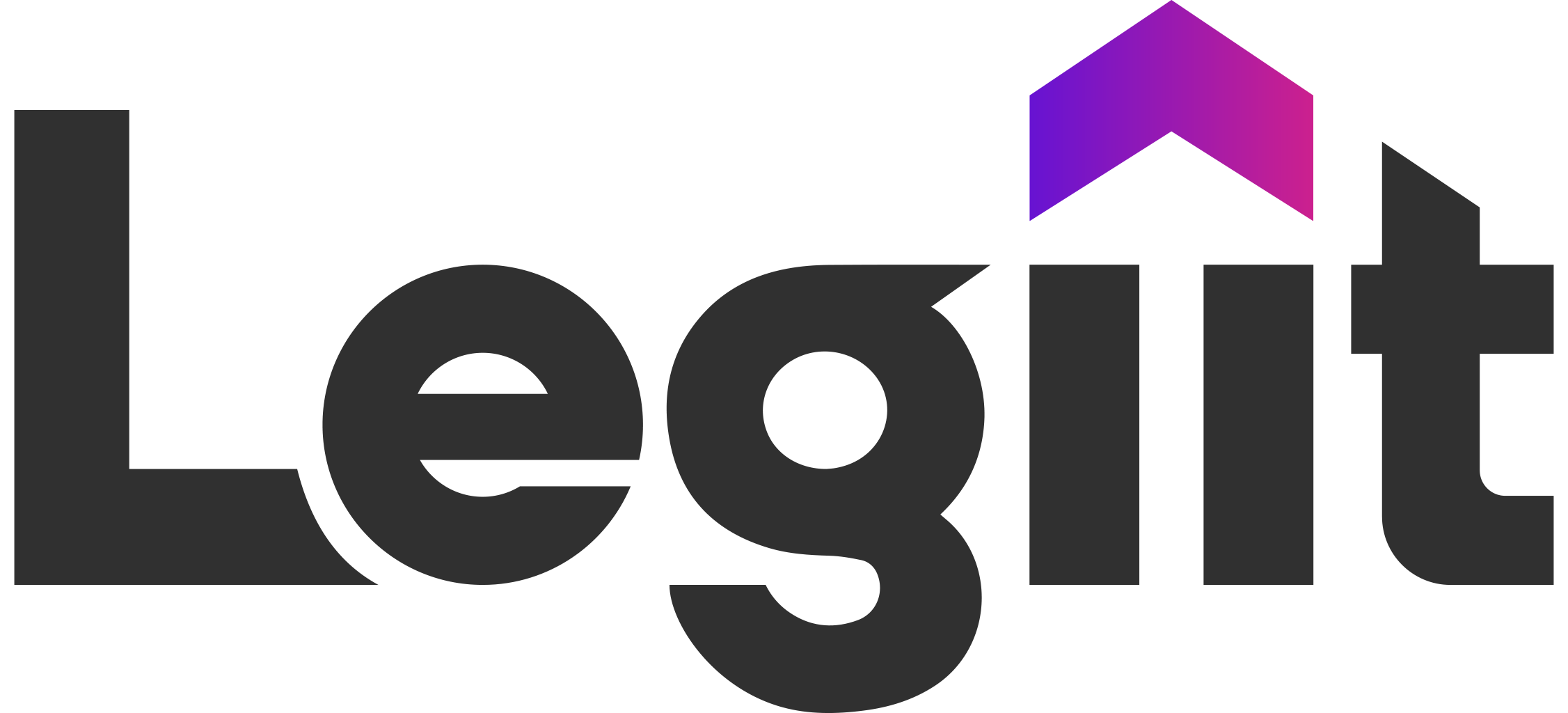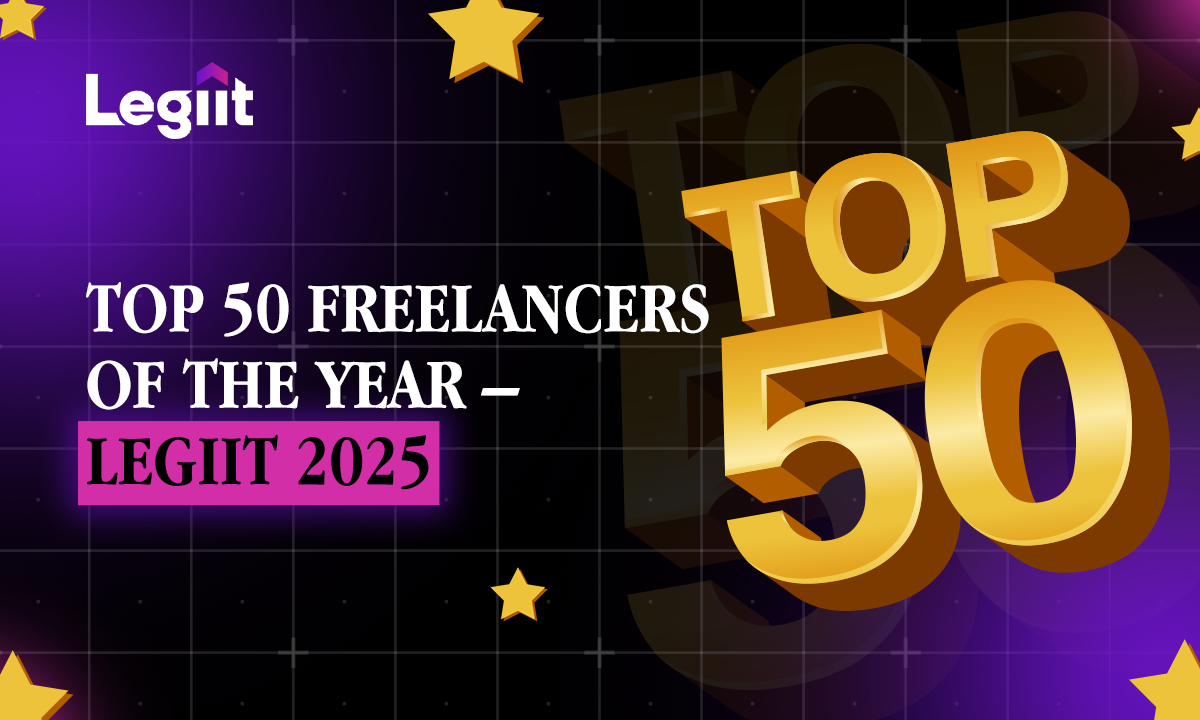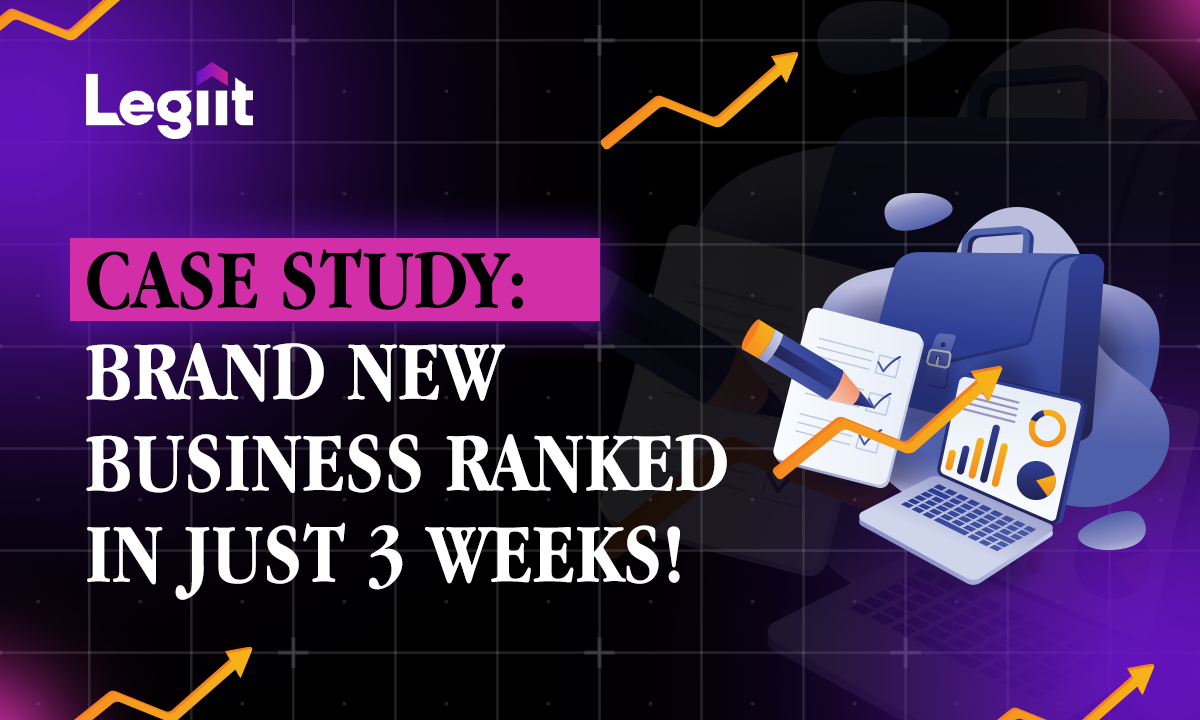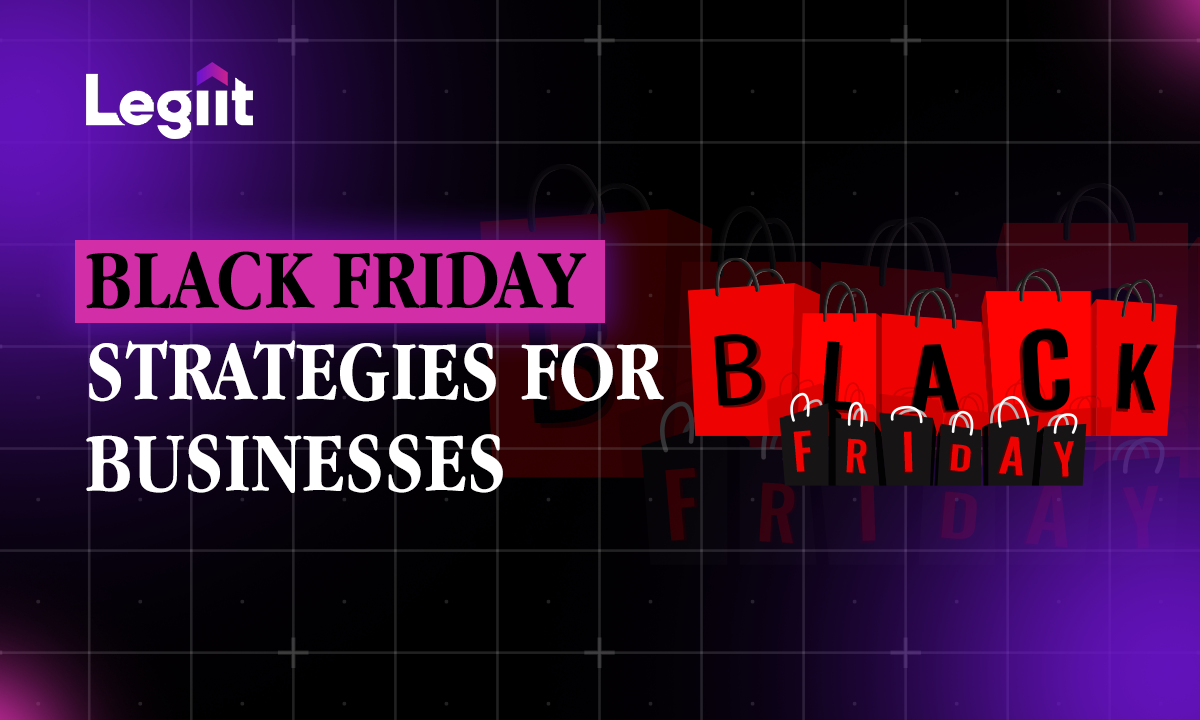Understanding LinkedIn Marketing's Role in Your Strategy
LinkedIn marketing tools are key for building effective B2B marketing strategies. This platform is made for professionals and businesses, making it perfect for networking and generating leads. By using these tools, you can improve your digital marketing efforts. They help you connect with professionals and build valuable relationships.
To make the most of LinkedIn, you should use features like sponsored content, InMail campaigns, and analytics tools. These tools help you engage your target audience better. You can also gain insights about their interests and behaviors. Including LinkedIn in your social media management strategy allows you to reach more people while saving time.
The Benefits of a Robust LinkedIn Marketing Strategy: Lead Generation and Beyond
A strong LinkedIn marketing strategy offers many benefits beyond just lead generation. One big benefit is precise audience targeting. You can filter by job title, industry, location, and company size. This helps ensure that your brand awareness campaigns reach the right people who are likely to become customers.
Using advanced lead generation tools on LinkedIn can help measure your ROI effectively. You'll get detailed analytics on how well your campaigns perform. You can track important metrics like click-through rates (CTR), conversion rates, and cost per acquisition (CPA). This information allows you to optimize your inbound marketing efforts so that every dollar spent counts towards your goals.
Focusing on conversion rate optimization means improving your messaging based on feedback or A/B testing results. This approach helps turn potential customers into loyal ones. Building trust through consistent communication is key.
Introducing Legiit: Your Partner in LinkedIn Marketing Success
When it comes to LinkedIn advertising, partnering with experts like Legiit can boost your marketing success. They provide access to skilled virtual assistants who know digital communication skills specific to this platform. This support enhances efficiency and effectiveness in running campaigns.
Strategic partnerships through employee advocacy programs amplify your brand's message within existing networks. Employees sharing information about your services creates authentic connections with potential leads who may trust recommendations from people they know.
By effectively using these resources alongside LinkedIn tactics available at Legiit, businesses can achieve both immediate results and long-term growth in today’s competitive digital landscape!
Essential LinkedIn Marketing Tools
LinkedIn's Native Tools: Maximizing Built-in Capabilities
LinkedIn has many built-in tools that help with marketing. These tools make social media management easier and offer valuable insights for audience research. They also provide options for scheduling content and analyzing engagement.
A key feature is the LinkedIn Page. This lets businesses set up a professional profile on LinkedIn. You can share updates, post jobs, and connect with followers here. The Audience Insights tool gives you important data about your followers, like their demographics and interests. This helps you create a more targeted content strategy.
Another useful tool is Content Suggestions. It helps find popular topics in your industry. You can use this information to make posts that attract your audience’s attention. Plus, Engagement Analytics tracks how your content performs through likes, shares, comments, and overall reach. These metrics are crucial for improving future campaigns.
Leveraging LinkedIn Analytics for Data-Driven Decisions
Using LinkedIn’s analytics tools helps marketers make informed decisions based on real data. The platform offers social media analytics that track important marketing metrics like impressions and engagement rates over time.
By checking performance tracking reports regularly, businesses can see what types of content engage their audience the most or generate leads effectively. This process makes it easier to adjust strategies and improve in areas that need work.
Mastering LinkedIn's Content Creation and Scheduling Features
Creating good digital content for LinkedIn means knowing how the platform works best. It has great content creation tools to help you design posts that catch people’s eyes.
You can also use content scheduling tools to plan posts at times when your audience is most active. This ensures more visibility without having to post everything in real-time every day.
These features let marketers keep in touch with their audience while they focus on other important parts of their business.
Top Third-Party LinkedIn Marketing Tools: An Overview
While LinkedIn’s built-in tools provide many benefits for B2B marketing, third-party solutions can boost functionality further. They integrate well with systems like CRM software and automate various processes.
Some well-known third-party B2B marketing tools include:
- HubSpot: A complete inbound marketing solution with CRM integration.
- Buffer: Eases social media management by letting you schedule posts across platforms.
- Sales Navigator: Aids lead generation by offering advanced search filters.
- Canva: Helps create eye-catching graphics for all types of campaigns easily.
Combining these specialized tools with LinkedIn’s native offerings creates a powerful ecosystem. This not only helps meet immediate goals but also builds long-lasting relationships with customers throughout their buying process.
Choosing the Right Tools Based on Your Marketing Objectives
Picking the right digital marketing strategies involves matching the right tools with specific goals like conversion rate optimization or focused audience targeting techniques.
Begin by identifying what you want to achieve—whether it's driving traffic through SEO or improving customer relationship management (CRM). Once you know your goals, define your target audiences clearly using demographic data like age, profession, and location to guide your choices.
With clear objectives and targets set, it becomes easier to find out which functionalities you need from available resources. This way, you can maximize outcomes while reducing wasted effort on misaligned tactics leading to desired success!
Boosting Engagement and Brand Awareness
Content Marketing Strategies for LinkedIn
To boost engagement and brand awareness on LinkedIn, use smart content marketing strategies. Start with valuable content that speaks to your audience. Share insights, tips, and industry best practices that matter to them. User-generated content is a powerful tool too. Ask your followers to share their stories or testimonials about your services. Video content is also key. It grabs more attention than plain text posts. Consider hosting webinars or live Q&As to address common challenges in your field. These interactive sessions engage viewers and position you as a thought leader. Running brand awareness campaigns can help too. Focus on storytelling by sharing success stories of clients who have benefited from what you offer. Highlight the real impact you've had on their professional lives.
Optimizing Your LinkedIn Profile for Maximum Impact
Your LinkedIn profile needs to shine for better online presence and professional branding. Start with a clear profile picture and a catchy headline that sums up what you do, using keywords relevant to your skills. The summary section should show how you solve problems for potential connections or clients. This helps in targeting the right audience. Use this space to share engaging stories about your achievements or past projects that highlight your digital communication skills. Don't skip adding rich media like presentations or videos in your experience section; they illustrate accomplishments better than words alone. Keep updating this info as you gain new skills or hit milestones, ensuring all aspects of your personal branding are consistent on the platform.
Utilizing Influencer Marketing on LinkedIn
Influencer marketing can really help businesses build trust on platforms like LinkedIn. By teaming up with industry experts who connect well with your target audience, you can tap into their credibility while expanding your reach through smart partnerships. Begin by finding influencers whose values match yours; they should be respected within their fields relevant to your goals. Engage with them by leaving thoughtful comments on their posts before suggesting collaboration ideas—this builds a good relationship over time. Once you've established partnerships, create content together like articles discussing trends in the industry or joint webinars addressing common questions from followers—these efforts create community interactions around shared interests while reinforcing both parties' authority in their fields.
Leveraging Virtual Assistants for LinkedIn Success
The Value of Virtual Assistants in LinkedIn Marketing
Virtual assistants (VAs) can really help your LinkedIn marketing. They make social media management easier and help schedule content. This can lead to more leads and better digital marketing strategies. When VAs handle daily tasks, you can spend more time building your online presence and connecting with potential clients.
Using content scheduling tools allows VAs to post on time without needing you to do it manually. This means your audience gets updates when they need them. Plus, with marketing automation tools, VAs can check how well posts are doing and adjust campaigns based on real-time data.
Types of Virtual Assistants: Social Media, Graphic Design, and More
Different types of virtual assistants can help improve your LinkedIn success:
- Social Media Virtual Assistants: They focus on managing platforms like LinkedIn. They know how to boost social media engagement and manage communities.
- Graphic Design Virtual Assistants: These VAs create eye-catching graphics that tell your brand’s story visually.
- Content Creation Specialists: Some VAs are great at writing engaging content for specific audiences.
- Legal & Accounting Support: Legal virtual assistants handle compliance tasks while accounting VAs manage bookkeeping efficiently.
By using the right type of virtual assistants, you can build a strong team that enhances all parts of your LinkedIn strategy.
Social Media Virtual Assistants: Managing Your LinkedIn Presence
Social media virtual assistants play a key role in keeping your LinkedIn active. They use various engagement tactics to increase organic reach and foster community interactions. Their work includes responding to comments quickly and starting discussions in relevant groups.
Good community management helps build strong relationships with followers, making them feel valued. A dedicated VA can also analyze audience insights to improve targeting strategies. This leads to better visibility and higher conversion rates from engaged users.
Graphic Design Virtual Assistants: Creating Engaging Visuals
Visuals are super important for grabbing attention on platforms like LinkedIn. Graphic design virtual assistants create appealing images that match your brand's style. They produce graphics that tell stories about products or services in a way that words alone can't do.
User-generated content is also valuable for showing authenticity. Graphic designers can help curate this kind of content into visuals that work well for sharing online. This approach has been shown to increase engagement levels!
Finding and Working with Reliable Virtual Assistants
To get the most from virtual assistants, it’s vital to choose trustworthy ones. Focus on building trust through open communication between you and the VA.
You might want to try employee advocacy programs where current employees share positive experiences about hiring external help! Forming strategic partnerships can create successful collaborations aimed at achieving goals together over time.
Finding reliable talent means looking closely at their skills before hiring anyone. Pay special attention to those who show strong organization skills and flexibility needed in today’s fast-paced digital world!
Tracking Key Performance Indicators (KPIs) on LinkedIn
To measure how well your LinkedIn marketing is doing, tracking key performance indicators (KPIs) is super important. You can use LinkedIn marketing tools to keep an eye on engagement rates, follower growth, and lead generation. Social media analytics platforms give you a clear view of how your content connects with your audience. By regularly checking these KPIs, you can make smart choices to improve your campaigns.
ROI measurement helps you understand if your strategies are working financially. Tools that focus on campaign performance tracking let you see which projects bring in the best results. Also, audience research tools help businesses figure out their target demographics and adjust their messaging.
Key Metrics to Track:
- Engagement Rate: Measures likes, comments, and shares compared to total followers.
- Conversion Rate: The percent of leads from clicks on posts or ads.
- Follower Growth: Tracks the increase in followers over time as a sign of brand interest.
By keeping an eye on these metrics and using the right tools, businesses can really boost their presence on LinkedIn.
Analyzing Your LinkedIn Marketing ROI
Figuring out the return on investment (ROI) from your LinkedIn marketing needs a thorough approach with several LinkedIn marketing tools for analyzing digital strategies. Start by setting clear goals for conversion rate optimization; this helps determine which metrics matter most.
Metrics analysis should cover things like cost per lead and customer acquisition costs from customer relationship management (CRM) systems that work with social media efforts. B2B marketing tools often have great reporting features that bring together data from different channels for better insights into how campaigns perform.
Essential Components of ROI Analysis:
- Cost Per Lead: Total money spent divided by the number of leads generated.
- Customer Lifetime Value: Average revenue expected from a customer during their relationship with the business.
- Sales Attribution: Figuring out which touchpoints helped close the sales.
This method allows organizations to see current successes and refine future digital marketing strategies based on real data collected through careful analysis.
Future Trends in LinkedIn Marketing and Legiit's Role
Looking ahead at trends in LinkedIn automation tools, it's clear that artificial intelligence (AI) will have a bigger role in improving user experiences and reaching out within professional networks. Marketers need to quickly adapt to new social media trends that focus on personalized content aimed at building communities among users with similar interests or fields.
Professional branding is still very important as people look for genuine connections instead of generic online interactions; thus, strategic partnerships between brands can help widen reach while building trust within communities formed around common values or missions.
Anticipated Developments Include:
- AI-driven analytics giving deeper insights into user behavior.
- More focus on video content as part of telling professional stories.
- Greater use of interactive elements like polls during webinars or live events to encourage real-time engagement among participants.
Legiit is leading the way by offering innovative solutions that align with these changing practices—making sure clients use cutting-edge technologies while improving their strategies for effective networking opportunities available through platforms like LinkedIn.
FAQs about LinkedIn Marketing Tools
1. What are LinkedIn marketing tools?
LinkedIn marketing tools help businesses connect with professionals. They enhance lead generation and engagement strategies on the platform.
2. How can I optimize my LinkedIn profile?
An optimized LinkedIn profile includes a clear photo, catchy headline, and an engaging summary. Use keywords relevant to your industry for better visibility.
3. What role does graphic design play in LinkedIn marketing?
Graphic design creates eye-catching visuals for LinkedIn posts. Engaging graphics improve audience interaction and convey your brand story effectively.
4. How can influencer marketing benefit my LinkedIn strategy?
Influencer marketing builds trust and credibility. Collaborating with industry experts expands your reach and connects you with their followers.
5. What are effective content marketing strategies for LinkedIn?
Content strategies include sharing valuable insights, user-generated content, and hosting webinars. These tactics boost engagement and position your brand as an industry leader.
6. How can I build a community on LinkedIn?
Community building involves engaging regularly with followers, responding to comments, and initiating discussions in relevant groups. This fosters strong relationships.









 Up & Coming Talent
Up & Coming Talent






 Download
Download